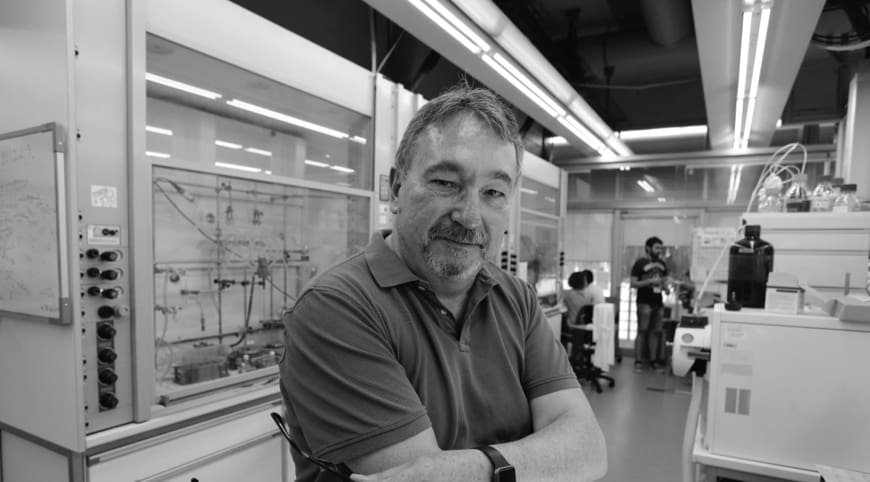Improving CdSe Quantum Dot/Polymer Solar Cell Efficiency Through the Covalent Functionalization of Quantum Dots: Implications in the Device Recombination Kinetics
Novel quantum dot capping ligands based on fullerene derivatives were attached through click-chemistry to the surface of semiconductor CdSe nanocrystals (C70-CdSe). Steady-state and time-correlated luminescence studies in solution show efficient quenching of the quantum dot (QD) emission in C70-CdSe. When this material was blended with the polymer poly-3-hexyl thiophene (P3HT) to fabricate bulk-heterojunction solar cells, P3HT/C70-CdSe devices doubled the light-to-energy conversion efficiency when compared to P3HT/Py-CdSe reference devices prepared using pyridine as the capping agent. This is due to an increase in both photocurrent and fill factor showing the beneficial efficient effect of fullerene to improve light harvesting and charge transport in these devices. However, C70 also appears to increase recombination in these devices as evidenced by both transient absorption spectroscopy and transient photovoltage measurements. This work also discusses the effects on the CdSe functionalization with C70 over the device charge recombination kinetics that limit the efficiency in CdSe QDs/polymer solar cells.

J. Albero, P. Riente, J. N. Clifford, M. A. Pericàs, E. Palomares
J. Phys. Chem. C. 2013, 117, 13374-13381
DOI:
Go to the journal

Let's create a brighter future
Join our team to work with renowned researchers, tackle groundbreaking
projects and contribute to meaningful scientific advancements



















